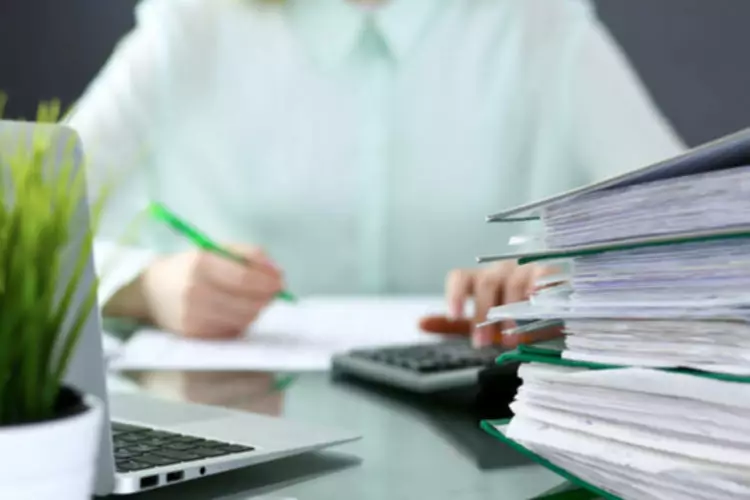Balance Sheet: Explanation, Components, and Examples
Content

Current asset accounts include cash, accounts receivable, inventory, and prepaid expenses, while long-term asset accounts include long-term investments, fixed assets, and intangible assets. By examining a sample balance sheet and income statement, small businesses can better understand the relationship between the two reports.
Consider your company’s investment objectives and relevant risks, charges, and expenses before investing. Review the background of Brex Treasury or its investment professionals on FINRA’s BrokerCheck website.
Capitalization
Your balance sheet provides a snapshot of your practice’s financial status at a particular point in time. This financial statement details your assets, liabilities and equity, as of a particular date. Although a balance sheet can coincide with any date, it is usually prepared at the end of a reporting period, such as a month, quarter or year. Efficiency – By using the income statement in connection with the balance sheet, it’s possible to assess how efficiently a company uses its assets. For example, dividing revenue by the average total assets produces the Asset Turnover Ratio to indicate how efficiently the company turns assets into revenue. Additionally, the working capital cycle shows how well a company manages its cash in the short term.
- To create a balance sheet, you have to follow an order and prepare a few things first—like you would have to do for many other business processes.
- After listing a current asset, you’ll then need to include your non-current (long-term) ones.
- Investopedia requires writers to use primary sources to support their work.
- Current assets should be greater than current liabilities, so the company can cover its short-term obligations.
- The balance sheet should conclude with two columns with corresponding figures at the bottom.
- It is also convenient to compare the current assets with the current liabilities.
Based on its results, it can also provide you key insights to make important financial decisions. Review your company’s financial position with our free balance sheet template — and watch your business grow with the Wise multi-currency business account. A balance sheet is a financial “snapshot” of your business at a given date in time. It includes your assets and liabilities and tells you your business’s net worth. Unless you have a very small business, it can be extremely difficult to prepare a balance sheet manually. However, if you are tracking your accounting transactions in separate ledgers, it is possible. First, you would take your current cash account balance and place that under current assets.
Step 3: Add up all of your assets
According to the equation, a company pays for what it owns by borrowing money as a service or taking from the shareholders or investors . If the shareholder’s equity is positive, then the company has enough assets to pay off its liabilities. If a company is public, public accountants must look over balance sheets and perform external audits. Furthermore, public companies have to prepare their balance sheets by following the GAAP. Public balance sheets have to be filed regularly with the SEC, too.
- Unless you have a very small business, it can be extremely difficult to prepare a balance sheet manually.
- A balance sheet gives you an overview of your business’ financial standing.
- Once you have adjusted journal entries and posted them in the general ledger, construct a final trial balance.
- Keep using the interface you are familiar with while simultaneously boosting your capabilities.
- The statement of changes in equity reflects information about the increases or decreases in each component of a company’s equity over a period.
- Reviewing the statement will provide valuable financial information on the following factors.
Whatever a business owns — its assets — have been financed by either taking on debt , or through investments from the owner or shareholders . Assets are divided into current or short-term assets, and non-current or long-term assets.
See how Ramp helps different industries save time and money
For the best financial analysis, accountants may want to draw on data from the balance sheet and other forms, too. These can include a statement of cash flow or dynamic income statements. These can indicate the financial health of the company more thoroughly. A balance balance sheet sheet lists a company’s assets, liabilities, and shareholders’ equity at a specific point in time. It’s usually thought of as the second most important financial statement. A balance sheet at its core shows the liquidity and the theoretical value of the business.
What are the basic components of a balance sheet?
The main components that businesses need to include in their balance sheet are: liabilities, assets, and shareholder’s equity. These are usually included in separate sections.
